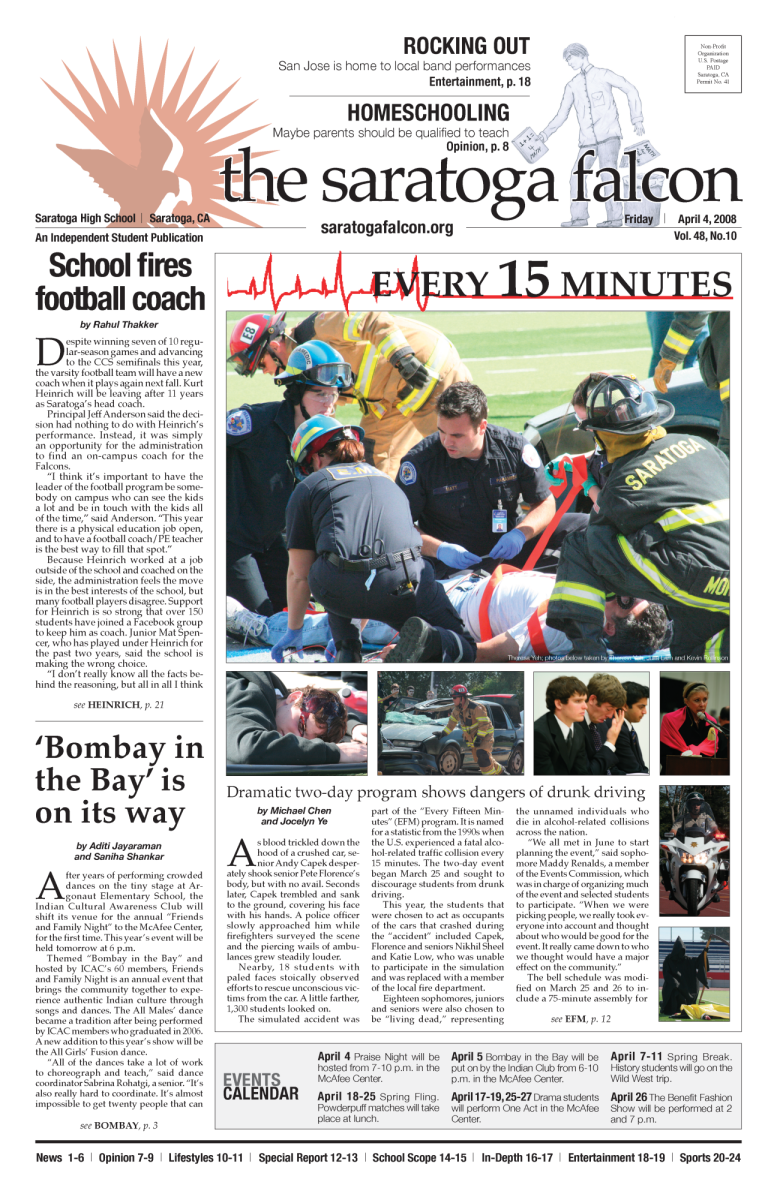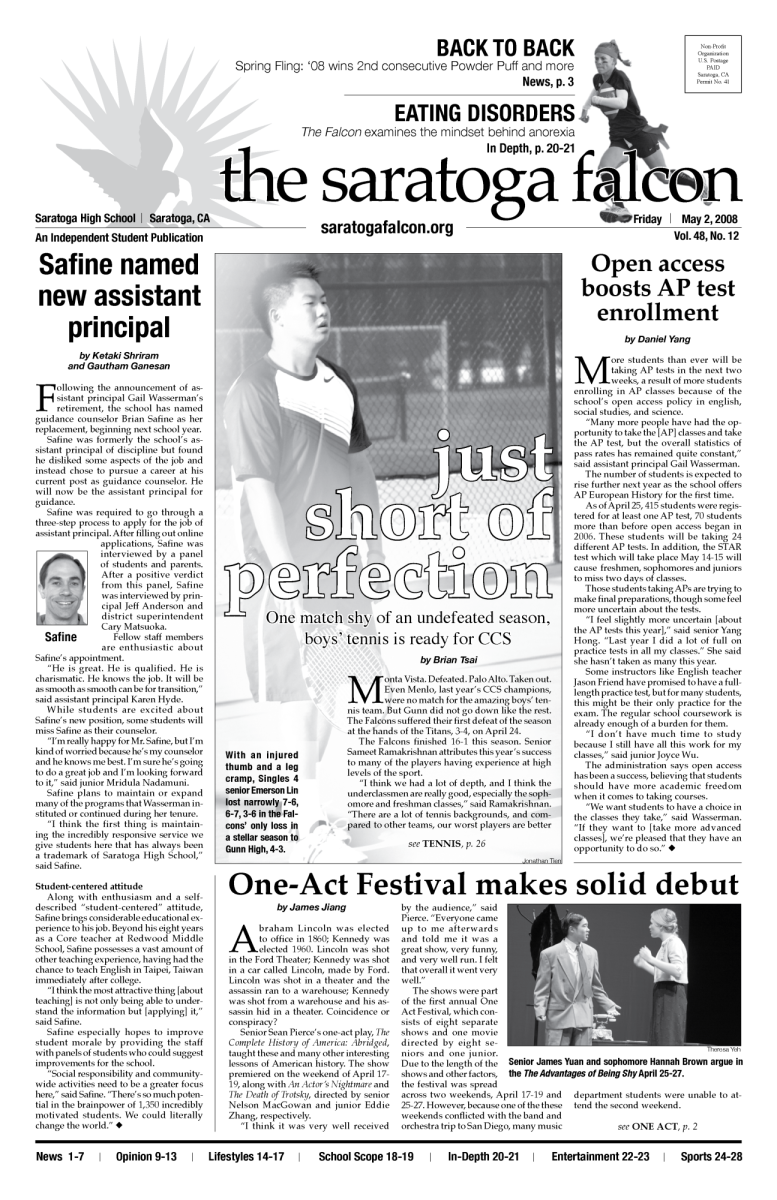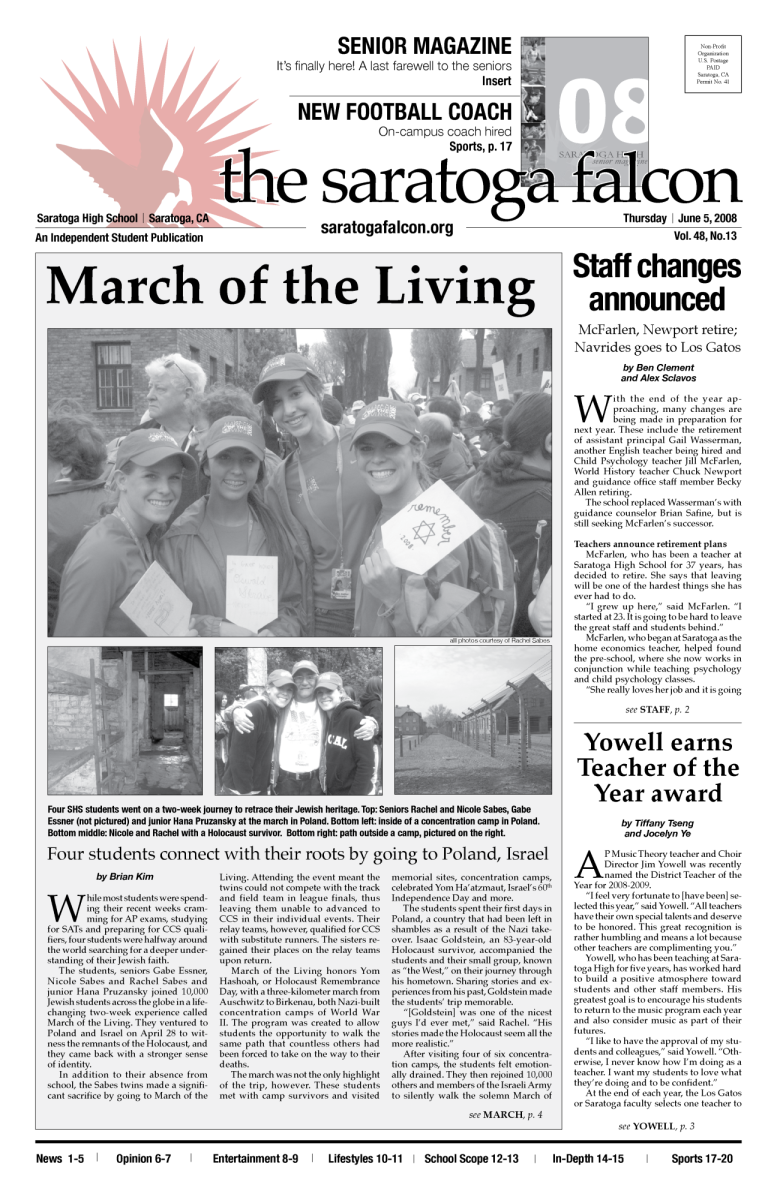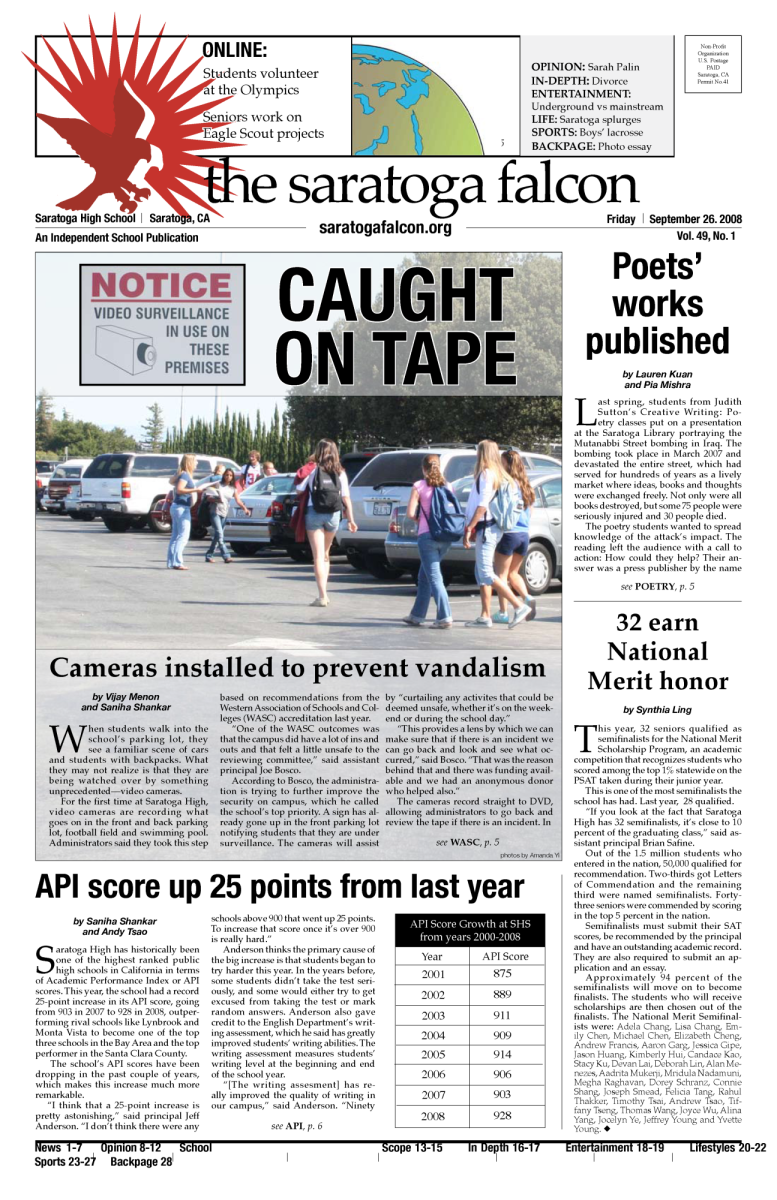In the eyes of many high schoolers, field trips stand for a bygone era — the three years of middle school marked more with fun than with learning, but by high school they seem somewhat obtuse and unnecessary.
While field trips may not be necessary or helpful for every high school class, they continue to provide unparalleled learning and bonding opportunities that are hard to recreate without taking students outside a traditional classroom setting.
When the monotony of lessons and assessments becomes unbearable, teachers often turn to field trips as an outlet for student stress and to help them regain interest in the class. Field trips allow for a refreshed perspective of the subject and renewed vigor for learning and exploration.
Furthermore, by experiencing and viewing real-world applications of concepts they’ve learned in class, students can better internalize and apply what they’ve learned from the course and gain insight beyond merely the information they are given. Whether it be viewing European historical art pieces at the Legion of Honor in AP European History or cleaning polluted shores in AP Environmental Science, field trips are a memorable way to put into context material learned in class.
In fact, a study from the U.S. Travel Association found that 89 percent of youth said educational trips had a positive, lasting impact on their education and career, stimulating their intellectual curiosity for the subject.
Non-academic focused field trips are integral to enhancing students’ education, especially in group-oriented classes, because they bring students together and facilitate bonding. For instance, during the annual Media Arts Program ropes course field trip for sophomores, students work together through a variety of obstacles, leading to better mutual understanding and development of essential teamwork skills. On campus, such activities would not have been possible.
The social aspect of field trips is also vital. Not only do field trips emphasize the importance of community in success, but they also lead to better compatibility among students in teamwork-based classes.
Critics of field trips often point out how time consuming they are. While they are an investment of class time, the experience of attending them far outweighs the cost of another monotonous lesson. Attendance, while highly encouraged, is not mandatory, and students can choose to opt out of field trips if necessary; however, the vast majority of teachers often plan assessments and important classes around field trips, which only occur once or twice a year.
Thus, field trips largely provide a relatively relaxing day for students to socialize and re-engage in learning. The school should continue to provide field trip opportunities when instrumental as to better students’ social and educational learning. Field trips provide priceless benefits for students’ personal and social growth that cannot easily be achieved by other means.




























